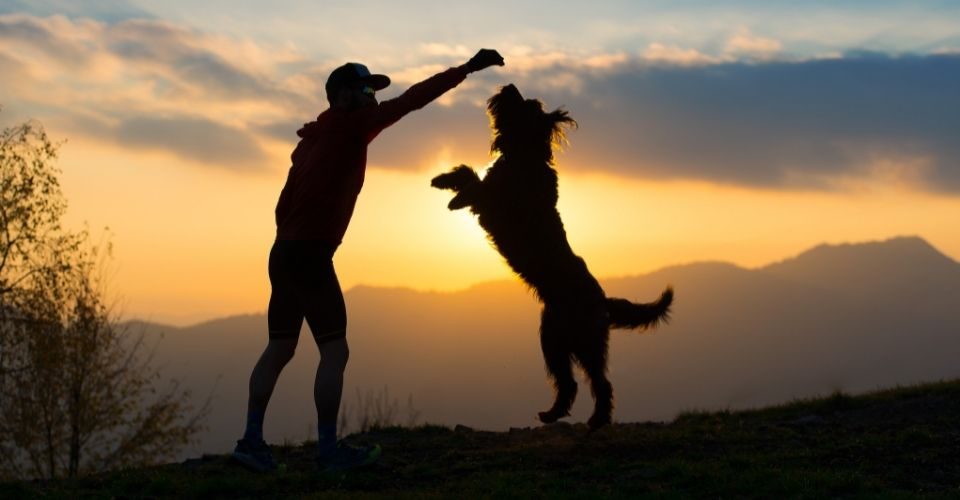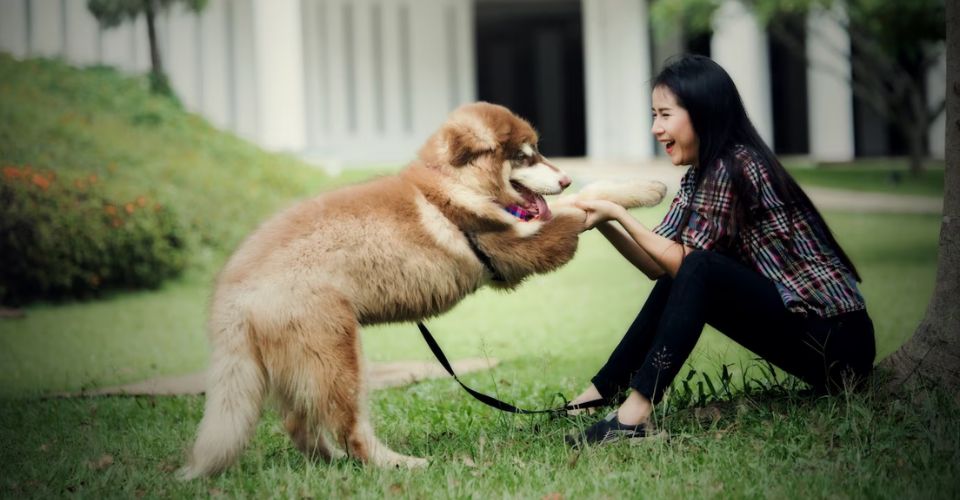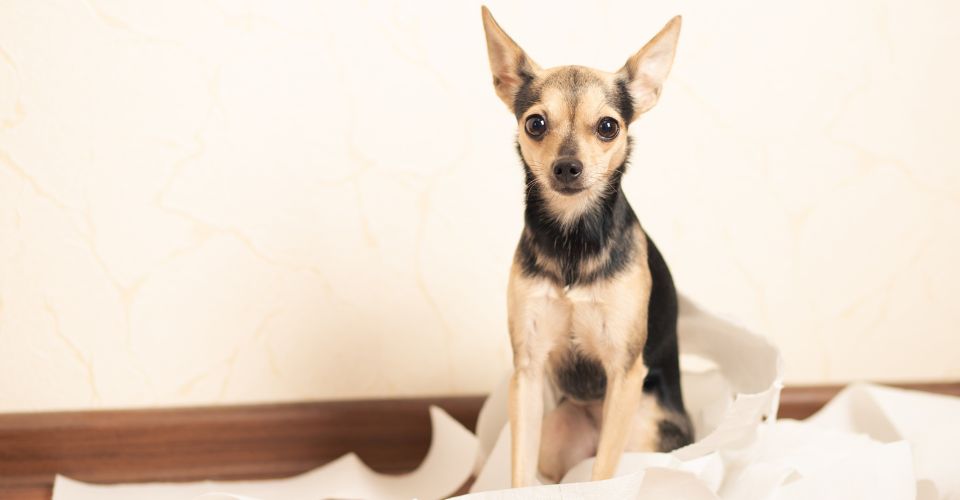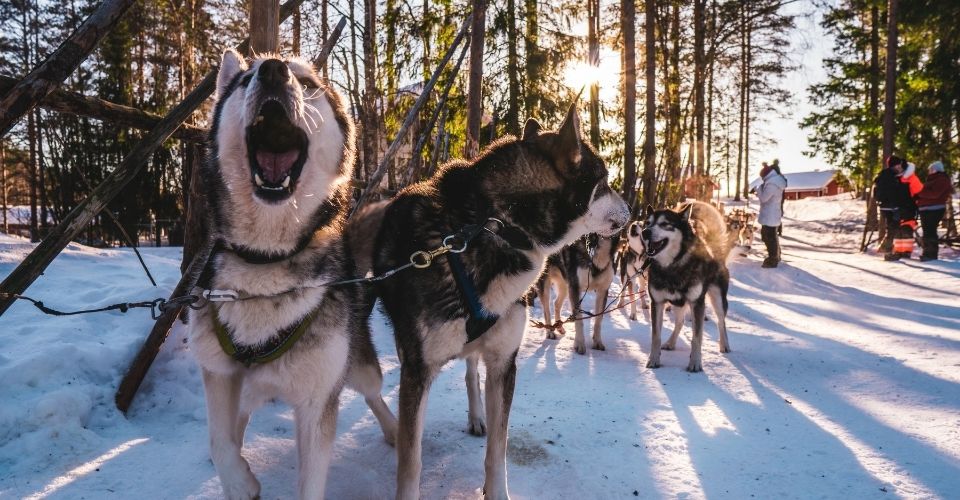Guard dogs are formidable, aggressive, strong, and fierce. And it is these qualities that make them best at their job—protection and defense.
But without adequately training them, they may prove to be a threat for you as well as themselves. Unlike toy breeds or medium-sized canines, guard dogs are difficult to be tamed—but not so much if done the right way. While the other sizes don’t require much professional help for training, guard dogs need to be under the tutelage of a trained person.
How to train a guard dog? That is what we will be discussing below. Step by step, we’ll guide you through the process of training a guard dog.
To begin with, it is easier to train them at an early age. With time, as they get more aggressive and recalcitrant, more efforts will be required to tame them. Nevertheless, this brief guide will outline some of the prevalent methods needed for training a guard dog.
1. Taking the Right Start
Untrained guard dogs are insecure; they try to hide behind their owner, get fidgety and apprehensive, and bark if they see any other human or animal.
Taking the right start means changing your behavior as well as teaching your guard dog to listen to you. Taking the alpha role from the outset is vital for you.
The dominant nature of guard dogs won’t let you train them, not even the obedience training. You will struggle in the beginning; that is a given. He will try to unleash himself, bark a lot, but show him that you are the leader.
2. Care and Housing
You might think, what’s the point in talking about caring and housing a dog while discussing “how to train a guard dog”?
This is, in fact, a critical factor in training a guard dog. They are supposed to be kept alone in their dog house. Keep them in a wide area with a strong fence around it. The more they live alone, the fiercer they become —a key quality of guard dogs.
Their nutritional requirements are also different and higher from other dogs—feed them proper guard dog foods containing meat.
3. Obedience Training
It all starts with proper obedience training. No matter what breed it is, your dog shall listen to you. Because of their aggressive behavior, guard dogs are trained using both positive and negative reinforcements.
It is important that you don’t use treats, balls, or other toys with these dogs. Use appreciations as positive reinforcement. For, if you get them used to toys, candies, and bones, they will take it from strangers too. You may have seen in movies that intruders feed guard dogs with chloroformed bones or meat, making them unconscious. If you don’t want that to happen, stop getting your dog used to treats.
Guard dogs are smart, intelligent, and quick learners. Start with teaching them basic commands of “sit”, “down”, “bark”, “hush”, and “no”. But if you repeat these terms too often, your dog will think that these are his names, and he wouldn’t understand your message. Thus, when you use such words, make sure that you act with that.
Guard dogs are highly aggressive and dominant; you need to use negative reinforcement for their disobedience.
4. Leash Training
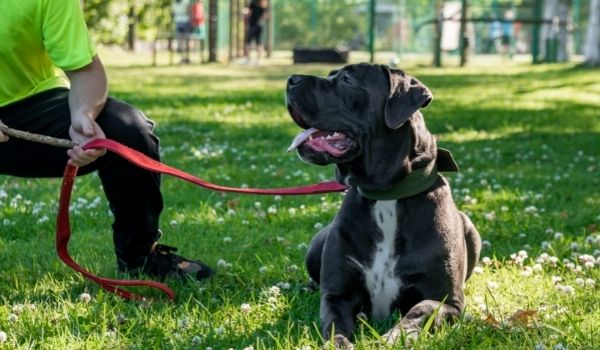
Even when you are pulling the leash while commanding him with the words “stop”, “no,” etc., he won’t listen to you if he is not leash trained. You need to reinforce an obedient behavior with visible consequences if he is wholly ignoring the leash pull. But pull the leash only when needed; when needed, pull it with a little aggression to teach him that this behavior is unacceptable. He will understand, slowly and gradually, but he will. Be patient. At least ten weeks of basic training is required to create conformity between you and your guard dog.
5. Agitation Training
Now that you have made a strong bond with your guard dog, and he understands your language, here comes the main part—agitation training.
Agitation training refers to instigating suspicion, alertness, ability, and instilling confidence in a dog.
a. Preparation of the Practice Area
To begin with agitation training, you can take your dog to a training center or spare a wide space for him at home and fence it. Equip that place with an eyebolt, reinforcing board, and a baby bumper.
Place the board where your agitator, the person who trains him with agitation, can appear in front of your dog from various angles.
b. Start the Agitation
You’d need another person with you to start agitation. Don’t ever let your dog know that the agitator is your friend; else, he won’t get suspicious of him or her, and your training will go useless.
The agitator should be wearing a shabby dress, strong perfume, and a hat. Be sure that the agitator is also wearing a bite training dress. Let him or her pat the head of your guard dog, run by, jump over him, and do whatever he can do to tease him. Let your guard dog bark, bite, or jump, but keep the leash in your hands.
There are six levels of agitation training, starting from little teasing and finally, taking him out to the real world. But before that, be sure that your guard dog is properly leash- and obedience-trained. Use dog muzzle and dog chest leash for safety purposes as well.
Start with your family and friends, and then take him out to teach him that not everyone is a threat.
Agitation training helps your dog understand what kind of situations are threats; where you want them not to stop. Whereas leash and obedience training would allow him to understand where to stop.
This was an eagle’s eye view of how to train a guard dog. Keeping Pet recommends reading The Koehler Method of Guard Dog Training by William R. Koehler. This book is, by far, the most popular book taught in dog training schools.
It is worth reminding you again that guard dogs have recalcitrant behavior; it is better if you take the help of a dog trainer. Likewise, not all guard dogs are the same. The breed, age, history, health, and behavior determine the methods, time, and activities required for training a guard dog. If you are untrained, training a guard dog can create serious problems for you, your loved ones, neighbors, as well as the dog.

